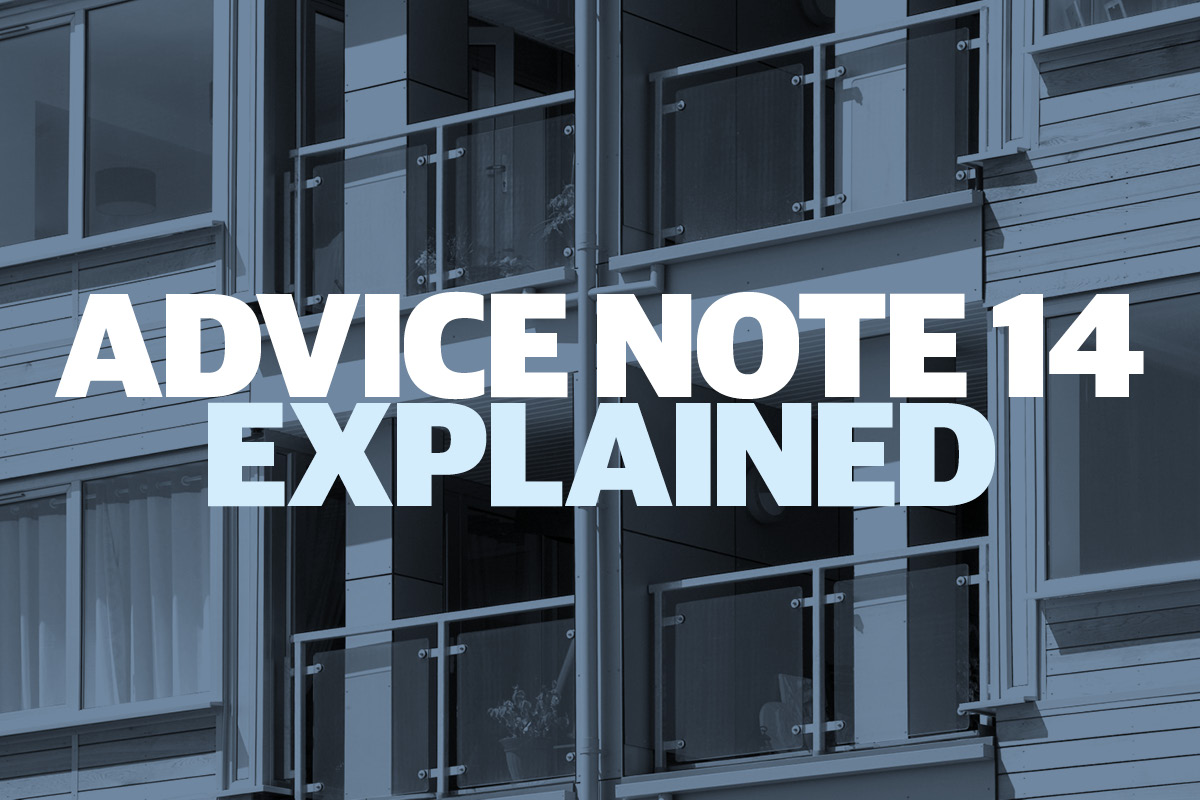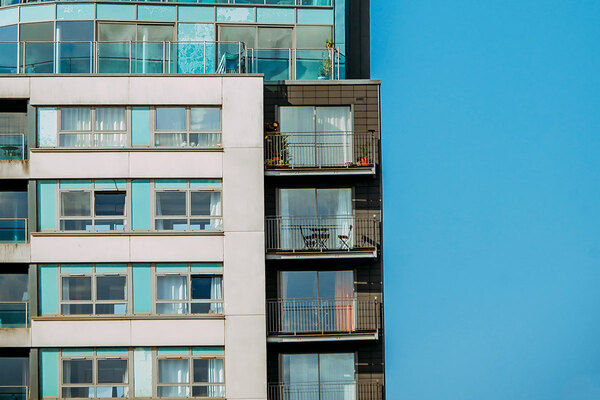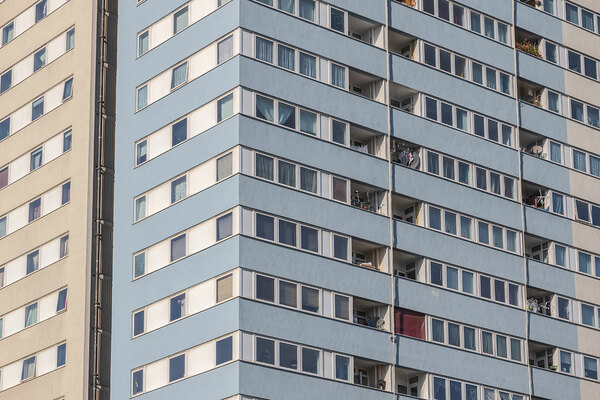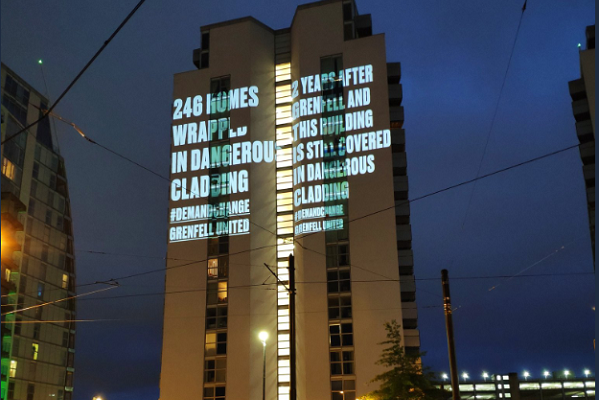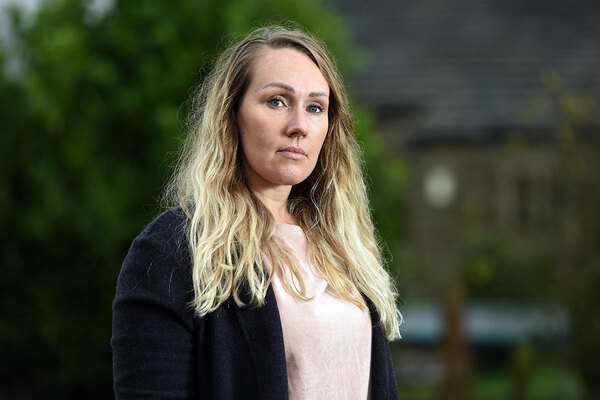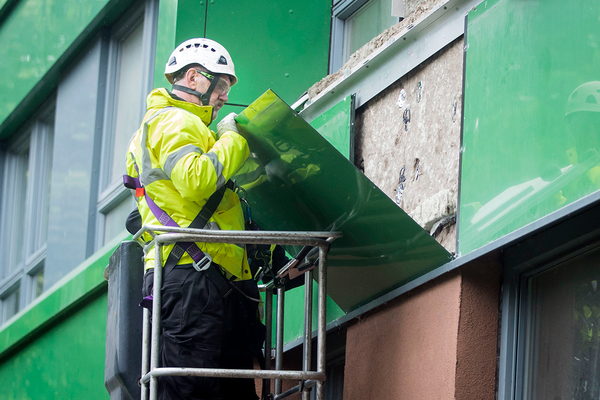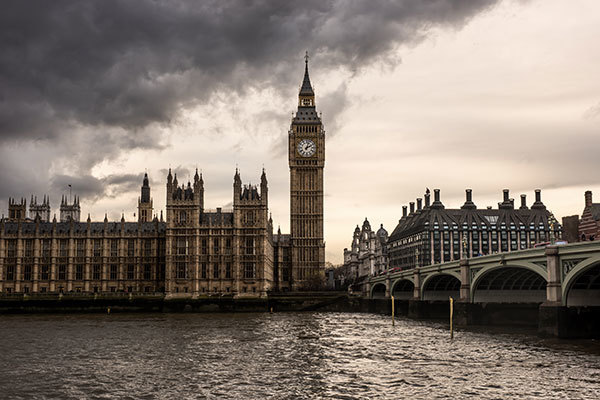You are viewing 1 of your 1 free articles
Advice Note 14 explained: what is it and why is it stopping the sale of so many properties?
In December, the government brought out Advice Note 14. It was supposed to give building owners clear advice on non-aluminium composite material (ACM) cladding systems but has resulted in confusion for many leaseholders across the country. Jack Simpson explains the guidance and the impact it is having
The Grenfell Tower fire has had a major impact on building and safety rules in the UK, particularly for high-rise residential structures.
After focusing largely on ACM cladding in the immediate aftermath of the tragic fire, the net was officially widened last year.
In December last year, the government published Advice Note 14, aimed at providing clear guidance for building owners on what steps to take with regards to non-ACM materials on the external walls of their high-rise buildings.
However, nearly a year later, thousands of shared owners and leaseholders are now struggling to sell or remortgage their flats as surveyors and mortgage lenders require assurances that the materials on their buildings comply with the government’s advice.
Read Inside Housing’s investigation into the mortgage crisis caused by Advice Note 14
This has led to confusion for thousands across the country.
So, with confusion rife, Inside Housing looks at Advice Note 14 to understand what it is, which buildings it affects, and why it is holding up so many sales.
What is Advice Note 14?
Following the devastating Grenfell fire that killed 72 people in June 2017, the speed of which the fire spread on the outside of the building led to people quite rightly focusing on the materials in the building’s façade.
Attention quickly focused on ACM cladding – the material used on Grenfell Tower. Its use was quickly outlawed and a programme was started to remove the material from high-rise buildings across the country.
Eventually, attention then turned to other materials being used on high rises, with concerns raised about the safety of non-ACM systems.
Last year on 18 December, Advice Note 14 was published with an aim of providing guidance for building owners with non-ACM materials in their external wall systems, including cladding and insulation.
While not a legal requirement, the note gives strong guidance to owners of buildings above 18m to take “general fire precautions” in their buildings and to make sure that external wall systems are “safe”.
The definition of ‘safe’ in the advice note is two-fold. First, all materials must be safely installed and maintained. Second, the external wall systems (including cladding and insulation) must contain materials that are of limited combustibility or be a system that has achieved the Building Research Establishment’s BR 135 classification.
To achieve this classification, systems will need to go through a BS 8414 test, something that very few materials being used have gone through.
This means if the materials on an owner’s building are combustible and have not passed these specific tests, that property would be contravening the advice note and in need of remediation.
The advice note also requires the building owner, or responsible person, to have an up-to-date fire risk assessment for their building.
How do building owners know if the properties are ‘safe’?
Advice Note 14 states that building owners should check the external wall systems to ensure that their buildings are safe.
In some cases, the materials used in the external wall of a building can be found through a desktop study. This, for example, could mean going through planning or construction documents to find out the materials used and whether they comply.
However, in the majority of instances, landlords will need to employ a professional advisor to check the external wall systems, not only for materials but also for how they are installed.
This would usually require an intrusive inspection, which would mean taking parts of the cladding system off the building and checking if cavity barriers are correctly in place.
The process can take time, with multiple checks being carried out and in some cases internal inspections might have to take place, too.
Why are these checks taking so long?
It is not just the inspections that are taking time, securing qualified people to carry them out is also proving difficult.
A number of residents that have spoken to Inside Housing have complained that it has taken their housing association or building manager a long time to make these checks, with some seeing flat sales fall through as a result. In some cases, this is due to bad management.
However, due to the uniquely high demand for professional inspectors to check buildings, there is a major shortage of competent people to carry out these checks in a timely fashion.
As a result some building owners are having to wait for these inspectors to become free before checks can be made, which is resulting in delays.
Housing associations have told Inside Housing that they have begun to prioritise the highest-risk buildings first, meaning if you live in a lower-risk building you may be put to the back of the line.
Helen Brierley had her flat valued at £0 earlier this year (picture: Asadour Guzelian)
Why can’t people sell their flats?
Soon after Advice Note 14 was published, surveyors and mortgage lenders began to understand the new guidance.
The stance taken by a number of surveyors is that as long as dangerous cladding remains on the building and there is no certificate to show that it complies with Advice Note 14, the flats within that block have a value of £0 or well below the original asking price.
In turn, lenders are unwilling to provide mortgages on properties deemed worthless.
As a result, surveyors and mortgage providers are demanding certificates from people trying to sell which show that the external wall system complies with the advice note. In most cases, the inspections have yet to take place on these buildings.
In other cases, the tests have taken place and the materials have been found not to comply with the advice note and as a result will need to be remediated.
In many cases, leaseholders are unaware of the issues until they come to the process of selling or remortgaging. This is leading to a number of sales falling through or mortgage rates increasing for those unable to remortgage.
Different surveyors and mortgage companies are taking different approaches. This stretches from mortgage providers asking whether an investigation has taken place, to demanding a remediation plan for a building.
However, lawyers have told Inside Housing that as the understanding of the issue has become widespread, the questions being asked are far more sophisticated, including details over the cladding, insulation and installation.
However, the advice note does not mean a blanket halt on all sales across the country. There have been reports of some mortgage lenders still lending on affected blocks, while cash buyers are also being successful in purchases in some cases.
If buildings are found not to be safe, what do owners need to do?
The guidance in Advice Note 14 for materials that do not meet the ‘safe’ criteria is quite clear: they must be removed. Under the terms of the advice note, there is an obligation on building owners to remediate.
The government has applied its advice on removing ACM to Advice Note 14 and has a document outlining what building owners need to do to remove dangerous materials on the outside of the building, which can be found here.
The removal of cladding can take time. One housing association with a building clad in ACM told Inside Housing that it has taken 18 months to get workers on site and the work is expected to take another two years.
In the majority of housing association blocks, the organisation has agreed to cover the costs of remediation for their shared owners and leaseholders. However in the private sector, there is a bigger question over who will pay. In the case of many high-rise private blocks with ACM cladding, many leaseholders have been threatened with bills of up to £80,000.
In some cases in housing association blocks, residents have also been asked to decant while work takes place. In some examples, shared owners have seen their stakes bought by housing associations due to the work taking place.
In addition to this, once dangerous materials are found on the outside of a high-rise building, in most cases the evacuation policy will change from a ‘stay put’ to a simultaneous evacuation strategy, meaning residents will be advised to evacuate the building in the event of a fire.
However, the change of evacuation policy will also likely lead to the need for interim fire safety measures. These could take the form of new fire alarms being installed or the implementation of a 24/7 fire patrol. Both of these would likely also result in additional costs for the building owner or leaseholders.
Are there any other advice notes?
Advice Note 14 is one of 22 advice notes put out by the government post Grenfell. These stretch from guidance on composite doorsets to advice notes on the Hackitt Review and interim mitigation measures required pending cladding remediation.
The most significant of recent advice notes to be published is Advice Note 21. It came after the Barking fire in June this year, which saw a number of homes destroyed, and advises building owners to remove and replace combustible materials on a balcony when discovered.
The sheer scale of advice notes has been criticised by some. This week, large housing association Peabody said the government could consolidate all 22 advice notes into a single, consistent document to provide much-needed clarity for everyone.
Is Advice Note 14 here to stay?
Advice Note 14 is not likely to be permanent. Earlier this month, as part of the Queen’s Speech, the government put forward legislation to bring in a new building safety bill.
This included the creation of a new building safety regulator. The bill, which was described by housing secretary Robert Jenrick as the “biggest reforms to building safety in a generation”, is expected to usurp some of the advice notes currently in play.
Nevertheless, the new regime is expected to maintain many of the same principles as Advice Note 14 and other advice notes on external wall materials – and in some places go further.
Some sector experts have told Inside Housing that existing building owners will need to provide the new building regulator with a building safety case for their buildings and the regulator will need to provide a building safety certificate.
This means it is expected that inspections and remediation work on existing buildings are likely to be needed for a number of years in the future. This is why the advice being given to housing associations by legal experts and the National Housing Federation is to get ahead of the curve with checks and remediation work and not wait for legislation.
